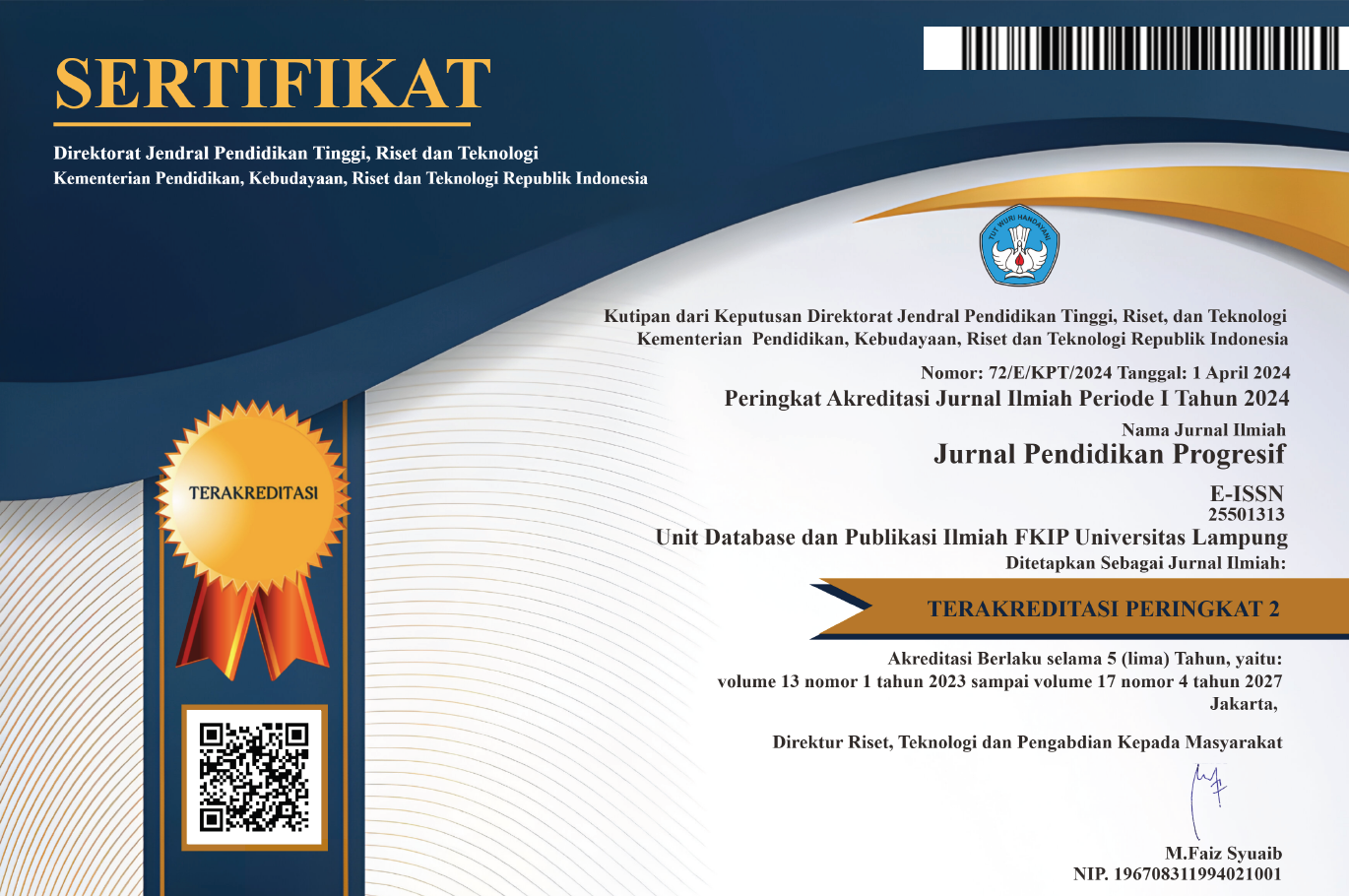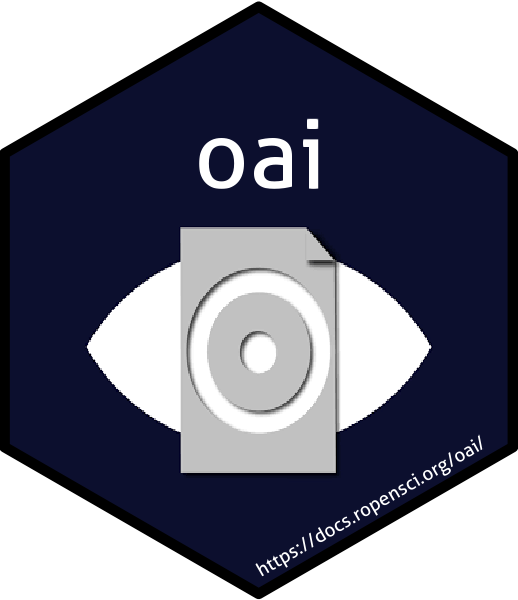Development of PBL-Integrated Augmented Reality Media to Improve Mutual Cooperation and National Ideology Education Learning Outcome for Fifth-Grade Students
 Country:
Country:
(1) Departement of Education and Psychology, Universitas Negeri Semarang, Indonesia, Indonesia
(2) Departement of Education and Psychology, Universitas Negeri Semarang, Indonesia, Indonesia
Development of PBL-Integrated Augmented Reality Media to Improve Mutual Cooperation and National Ideology Education Learning Outcome for Fifth-Grade Students. Purpose: The purpose of this study was to develop Augmented Reality media with a Problem Based Learning model to improve the dimensions of mutual cooperation and learning outcomes of fifth grade students at SDN Pandansari 01, Batang Regency, in national ideology education, specifically the material on mutual cooperation in the surrounding environment. Methods: This study used a Research and Development (R&D) approach using the Borg & Gall model for development, which consists of eight stages, namely 1) Potential and problems; 2) Data collection; 3) Product desain validation; 4)Product design validation; 5) Design revision; 6) Product testing; 7) Product revision; 8) Usage testing. Findings: The learning device developed in the form of AR-based flashcards containing examples of mutual cooperation application in the surrounding environment. Evaluation by subject matter experts yielded a a score of 85.4 while media experts scored. 90.2 indicating that the material and media validation results fall into the highly suitable category. Testing was conducted on 31 fifth grade elementary school students, showing a significant increase in the mutual cooperation dimension and students learning outcomes. Statistical analysis based on the t-test showed a result of 0,001, indicating significant effect on the pretest and posttest result. The n-Gain test was 0,71, indicating a high category. Conclusion: The conclusion of this study is that AR-based learning media with PBL model is effective in improve learning outcomes and the application of mutual cooperation in national ideology education.
Keywords: augmented reality, mutual cooperation dimension, learning outcomes, national ideology education.
Abdulrahaman, M. D., Faruk, N., Oloyede, A. A., Surajudeen-Bakinde, N. T., Olawoyin, L. A., Mejabi, O. V., Imam-Fulani, Y. O., Fahm, A. O., & Azeez, A. L. (2020). Multimedia tools in the teaching and learning processes: A systematic review. Heliyon, 6(11), e05312. https://doi.org/10.1016/j.heliyon.2020.e05312
Alfinda Oktaviani, E., Maryono, M., Sherly Pamela, I., & Warosatul Ulum, M. (2023). Analisis upaya guru mewujudkan profil pelajar pancasila pada dimensi gotong royong di sekolah dasar. Jurnal Tonggak Pendidikan Dasar : Jurnal Kajian Teori Dan Hasil Pendidikan Dasar, 2(2), 167–178. https://doi.org/10.22437/jtpd.v2i2.28457
Arsyad, A. (2020). Media pembelajaran (Cet.2). Depok : Rajawali Pers, 2020.
B Berendt, A. L. M. B. (2020). LMAT-2020-0030.R1_Proof_hi. Learning, media and technology.
Bailey, B., Bryant, L., & Hemsley, B. (2022). Virtual reality and augmented reality for children, adolescents, and adults with communication disability and neurodevelopmental disorders: a systematic review. Review Journal of Autism and Developmental Disorders, 9(2), 160–183. https://doi.org/10.1007/s40489-020-00230-x
Basumatary, D., & Maity, R. (2023). Effects of augmented reality in primary education: a literature review. Human Behavior and Emerging Technologies, 2023. https://doi.org/10.1155/2023/4695759
Buchner, J., Buntins, K., & Kerres, M. (2022). The impact of augmented reality on cognitive load and performance: A systematic review. Journal of Computer Assisted Learning, 38(1), 285–303. https://doi.org/10.1111/jcal.12617
Cai, S., Liu, C., Wang, T., Liu, E., & Liang, J. C. (2021). Effects of learning physics using Augmented Reality on students’ self-efficacy and conceptions of learning. British Journal of Educational Technology, 52(1), 235–251. https://doi.org/10.1111/bjet.13020
Creswell, J. W., & Creswell, J. D. (2018). Research design: qualitative, quantitative, and mixed method approaches. Los Angeles: SAGE Publications.
Hanif, M. (2020). The development and effectiveness of motion graphic animation videos to improve primary school students’ sciences learning outcomes. International Journal of Instruction, 13(4), 247–266. https://doi.org/10.29333/iji.2020.13416a
İbili, E., Çat, M., Resnyansky, D., Şahin, S., & Billinghurst, M. (2020). An assessment of geometry teaching supported with augmented reality teaching materials to enhance students’ 3D geometry thinking skills. International Journal of Mathematical Education in Science and Technology, 51(2), 224–246. https://doi.org/10.1080/0020739X.2019.1583382
Kaviyaraj, R., & Uma, M. (2021). A survey on future of augmented reality with ai in education. Proceedings - International Conference on Artificial Intelligence and Smart Systems, ICAIS 2021, September, 47–52. https://doi.org/10.1109/ICAIS50930.2021.9395838
Kemendikbudristek. (2022). Dimensi, elemen, dan subelemen profil pelajar pancasila pada kurikulum merdeka. Kemendikbudristek, 1–37.
Kerr, J., & Lawson, G. (2020). Augmented reality in design education: landscape architecture studies as ar experience. International Journal of Art and Design Education, 39(1), 6–21. https://doi.org/10.1111/jade.12227
Koumpouros, Y. (2024). Revealing the true potential and prospects of augmented reality in education. Smart Learning Environments, 11(1). https://doi.org/10.1186/s40561-023-00288-0
Lin, P., & Li, H. (2024). Research on the application of new media teaching in english extensive reading courses. OALib, 11(06), 1–8. https://doi.org/10.4236/oalib.1111643
Liono, R. A., Amanda, N., Pratiwi, A., & Gunawan, A. A. S. (2021). A systematic literature review: learning with visual by the help of augmented reality helps students learn better. Procedia Computer Science, 179, 144–152. https://doi.org/10.1016/j.procs.2020.12.019
Maritasari, D. B., Aulia, H., Sri, R. R., & Mulyaningsih, S. (2025). Pengembangan buku cerita bergambar augmented reality ( ar ) berbasis tradisi nyiwak terhadap kemampuan literasi level b siswa kelas 2 sd negeri 2 senyiur Program Studi PGSD , Fakultas Ilmu Pendidikan, Universitas Hamzanwadi Abstrak pertumbuhan setiap mak. 19(2), 1182–1198.
Mustofa, R. F., & Hidayah, Y. R. (2020). The effect of problem-based learning on lateral thinking skills. International Journal of Instruction, 13(1), 463–474. https://doi.org/10.29333/iji.2020.13130a
Peng, P., & Kievit, R. A. (2020). The development of academic achievement and cognitive abilities: a bidirectional perspective. Child Development Perspectives, 14(1), 15–20. https://doi.org/10.1111/cdep.12352
Perifanou, M., Economides, A. A., & Tzafilkou, K. (2021). Preparación de los docentes para las competencias digitales durante la pandemia de COVID-19. International Journal of Emerging Technologies in Learning, 16(8), 238–251.
Philosophy, L., & Harisanty, D. (2020). Digital commons @ university of nebraska - lincoln the utilization of flashcards in children information literacy development. November.
Radiansyah, R., Sari, R., Jannah, F., Prihandoko, Y., & Fitri Rahmaniah, N. (2023). Improving children’s critical thinking skills in elementary school through the development of problem based learning and HOTS models. International Journal of Curriculum Development, Teaching and Learning Innovation, 1(2), 52–59.
Rahayuningsih, F. (2022). Internalisasi filosofi pendidikan ki hajar dewantara dalam mewujudkan profil pelajar pancasila. SOCIAL : Jurnal Inovasi Pendidikan IPS, 1(3), 177–187. https://doi.org/10.51878/social.v1i3.925
Rahmawati, L. P., Muharlisiani, L. T., & Dewi, M. P. (2024). Penerapan model pbl melalui pendekatan deferensiasi untuk meningkatkan hasil belajar pendidikan pancasila materi gotong royong pada kelas IV di SDN Dukuh Kupang II Surabaya Universitas Wijaya Kusuma Surabaya , Indonesia masalah nyata . Mereka dilatih untu. 2(4).
Riniati, W. O., Jiao, D., & Rahmi, S. N. (2024). Application of augmented reality-based educational technology to increase student engagement in elementary schools. 1(6), 305–318.
Rusli, R., Nalanda, D. A., Tarmidi, A. D. V., Suryaningrum, K. M., & Yunanda, R. (2022). Augmented reality for studying hands on the human body for elementary school students. Procedia Computer Science, 216(2020), 237–244. https://doi.org/10.1016/j.procs.2022.12.132
Simanjuntak, M. P., Hutahaean, J., Marpaung, N., & Ramadhani, D. (2021). Effectiveness of problem-based learning combined with computer simulation on students’ problem-solving and creative thinking skills. International Journal of Instruction, 14(3), 519–534. https://doi.org/10.29333/iji.2021.14330a
Smith, K., Maynard, N., Berry, A., Stephenson, T., Spiteri, T., Corrigan, D., ... & Smith, T. (2022). Principles of problem-based learning (PBL) in STEM education: Using expert wisdom and research to frame educational practice. Education Sciences, 12(10), 728.
Sugiyono. (2019). Metode penelitian pendidikan (kuantitatif, kualitatif, kombinasi, R & (A. Nuryanto (ed.); 1st ed.). ALFABETA,cv.
Surur, M., Degeng, I. N. S., Setyosari, P., & Kuswandi, D. (2020). The effect of problem-based learning strategies and cognitive styles on. International Journal of Instruction, 13(4), 35–48.
Timotheou, S., Miliou, O., Dimitriadis, Y., Sobrino, S. V., Giannoutsou, N., Cachia, R., Monés, A. M., & Ioannou, A. (2023). Impacts of digital technologies on education and factors influencing schools’ digital capacity and transformation: A literature review. In Education and Information Technologies (Vol. 28, Issue 6). Springer US. https://doi.org/10.1007/s10639-022-11431-8
Titchiev, I. (2024). User perception analysis of the developed AR applications : satisfaction and development directions Analiza percept , iei utilizatorilor asupra aplicat , iilor AR dezvoltate : satisfact ie s i direct ii pentru dezvoltare. 18(2), 114–124. https://doi.org/10.36120/2587-3644.v18i2.114-124
Verma, J. K., & Paul, S. (Eds.). (2022). Advances in augmented reality and virtual reality (Vol. 998). Springer Nature.
Wahyu, Y., Suastra, I. W., Sadia, I. W., & Suarni, N. K. (2020). The effectiveness of mobile augmented reality assisted STEM-based learning on scientific literacy and students’ achievement. International Journal of Instruction, 13(3), 343–356. https://doi.org/10.29333/iji.2020.13324a
Williamson, B., Macgilchrist, F., & Potter, J. (2024). Against contextlessness in Learning, Media and Technology. Learning, Media and Technology, 49(3), 335–338. https://doi.org/10.1080/17439884.2024.2374266
Yusuf, R., Sanusi, Razali, Maimun, & Putra, I. (2020). Critical thinking and learning outcomes through problem based learning model based on LBK application. International Journal of Innovation, Creativity and Change, 12(12), 907–918.
Zhao, Y., & Lai, C. (2023). Technology and second language learning: promises and problems. Technology-Mediated Learning Environments for Young English Learners: Connections In and Out of School, January, 167–205. https://doi.org/10.4324/9781003418009-8
Refbacks
- There are currently no refbacks.

This work is licensed under a Creative Commons Attribution-ShareAlike 4.0 International License.
View My Stats






